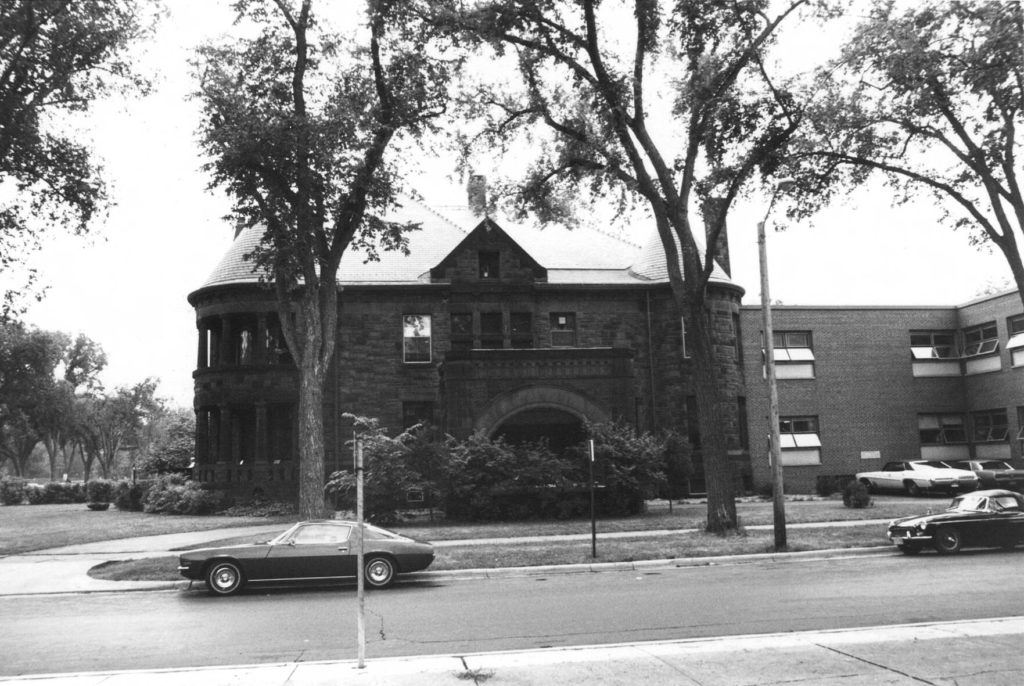Sumner McKnight Mansion in Minneapolis
Sumner T. McKnight began his career in the lumber industry in Eau Claire, WI at the lumber manufacturing firm, Porter, Moon and Company. The material turned out by the mill was then sent on to Hannibal, MO for transport anywhere in the U.S. Sumner saw an opportunity and established the S.T. McKnight and Company in Hannibal to handle the distribution of lumber.
The enterprise was successful and evolved into the Northwestern Lumber Company in 1873. Sumner positioned himself as the secretary and treasurer. The company established two lumber mills in Wisconsin and purchased a third. Once the lumber around the mills was harvested, the company moved on and purchased additional land and mills. This cycle continued for more than three decades. In 1899, Sumner was made president of the Northwestern Lumber Company.






Although Sumner is most closely associated with the lumber business he had ties to the financial world as well. He served as vice president of the Flour City National Bank and built the McKnight Building, one of Minneapolis’ first modern skyscrapers.
Sumner and his wife, Eugenie, moved to Minneapolis in 1887. They built a mansion at 1818 Vine Place (now LaSalle) and moved into the house in 1888. They only lived in the 30-room house for four years before Sumner wanted to move further away from the core of the city and into the up-and-coming residential district for the city’s most influential residents–Park Avenue.
Their Park Avenue mansion was completed in 1892 for a total cost of nearly $36,000. Similar to their house on Vine Place, the mansion was designed in the formidable Richardsonian Romanesque style. The exterior was covered in red Lake Superior sandstone and featured a good deal of decorative ironwork. Two witch’s hat towers occupied the front corners of the home. Inside, ornate marble fireplaces, European antiques, and a remarkable 17th-century art collection were the talk of the town after the many social and charity events hosted by the family at the mansion.



Eugenie died in 1903 and Sumner followed in 1908 after suffering a heart attack followed by a bout of pneumonia. Both of their funerals were held in their beloved mansion. Sumner left more than $56,000 to charity. Their three children, Harriet McKnight Crosby, Carolyn McKnight Christian and Senator Sumner McKnight, Jr., split the remainder of Sumner’s estate with other close family members.
Sumner McKnight, Jr. lived in the mansion part-time until 1935. After he moved out, the mansion sat empty for several months. The city slated the house for demolition that same year, but the Northwestern College of Speech Arts stepped in to purchase the mansion for use as their school. They used the house until 1963 when it became a nursing home. The carriage house behind the house was demolished to make way for an absolutely horrific contemporary addition to the rear of the house. Thankfully, the addition can’t be seen from the Park Avenue side of the mansion. Most recently, American Indian Services has used the house as an addiction treatment center. The future of the property is uncertain.
